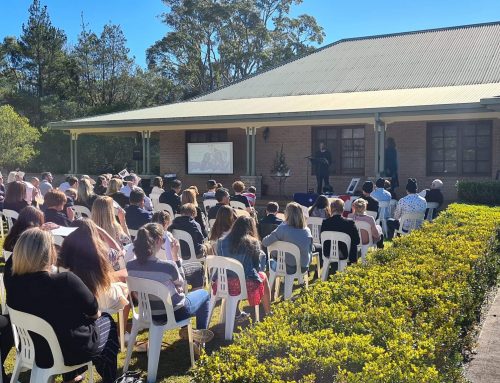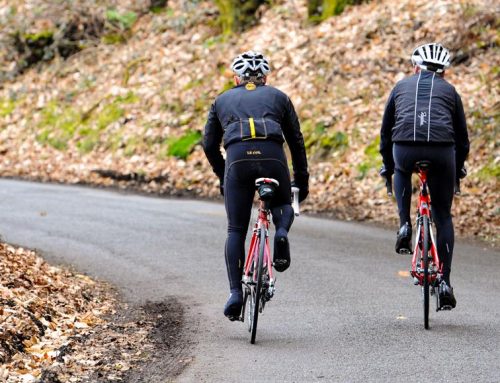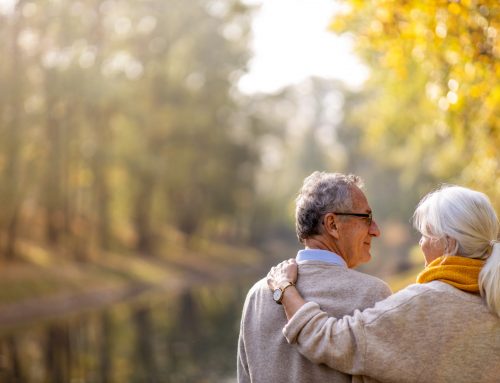Kidz on the Coast –Sept 2019
Supporting children when a loved one dies
 For more than a decade I have been working with death, grief and end-of-life and the last couple of years my practice has grown and evolved and I am now a fully operational funeral director, as well as being an end-of-life consultant and holistic celebrant.
For more than a decade I have been working with death, grief and end-of-life and the last couple of years my practice has grown and evolved and I am now a fully operational funeral director, as well as being an end-of-life consultant and holistic celebrant.
I spend a lot of time with families at the very worst time of their lives. Death can be an experience where we are exposed to the hardest of emotions. We can feel shock, trauma and distress. We can feel anger, sadness, confusion and great grief.
One of the most challenging and sensitive areas that almost all families will encounter when a death of a loved one occurs is how to tell a child and how to involve and include children in the unfolding response and rituals. Grief is a real and complex emotion that children experience at times of loss and change. The death of a grandparent, parent, sibling or friend is a life changing experience for everyone, especially children.
Sometimes the first instinct for families is to shield a child from what has happened and perhaps even exclude them from last visits and the funeral, thinking it might be too emotional. Please don’t act on this first instinct. In almost all circumstances this is NOT necessary. Death is a natural part of life’s continuum and an essential part of a child’s learning about life, about emotions and about their family.
When a death occurs, lean in bravely and share it with your child. For any child and any age, there IS a way to make death safe, supported and understandable. Depending on the age of the child – and the context of the death and who has died – there may just be differences in language and the degree of disclosure and exposure to the dying process and after death activities.
The exception to this, of course, is if a family is in unhealthy anger, turmoil and trauma and there is a lot of disharmony. Under those circumstances it may warrant greater distance and boundaries to protect children from any toxic behaviours.
However, in my experience, for most families, the presence of children during and after death, and at the essential rituals of farewell and celebration, is not only a normal and healthy thing for the child, but it can offer essential soothing and grounding for all the family.
What becomes very important is the modelling from family. In my work as a death educator and end-of-life consultant I know that the more preparation, support and guidance a family can bring to a loved ones’ dying and death journey, the greater their capacity to meet that profound passage with authentic presence, calm, comfort and develop a language that can be shared across the family. You are providing an emotional foundation for them to begin to register this key experience as it is relayed to them as they grow through language, stories and images.
When talking about death with children the advice is to use real and simple language. Using the word death is encouraged rather than using euphemisms like ‘gone to sleep’ or even ‘passed away’. Death can be explained simply as “their body is no longer alive and they will not be here as part of our family anymore in a way they used to be”.
Be patient and explain as best as you can what is occurring and reassure them that despite the sadness and tears, this is a normal part of life and we are all okay within it. If they are part of the tears, allow them to be part of the release after the tears and the closeness and intimacy that follow. Even the laughter, the memories and any ceremony you may hold will give them the whole emotional experience that will result in a renewed sense of security.
I know from my time as a hospital chaplain it is natural and normal for children to be encouraged to visit loved ones in hospital or nursing homes. Children can often become intensely curious about death and what happens to the body. They may ask for details that you may find uncomfortable to explain. These are questions you are best to answer in a straightforward, gentle and careful manner. They may want to see the body of the person who has died and continue to need to speak about the actual event or details of the death for some time after.
Many children, including my own, have even been to viewings. I have directed a home based funeral where a mother had died and her young daughters tended to their mother after death, braiding her hair, painting her nails and picking out clothes for her to wear and putting flowers all around her. They read her poems and played music. They had the time to be in her presence and understand her body had stopped living and were gently paced towards her final departure from the home.
You will know your child best and maybe they might just be your ‘teachers’ when the experience of a death finds your family. They might be the ‘brave’ modelling you need to move through any resistance and fears you may have to face such a huge family event together with greater presence and more capacity than you ever thought possible.
Whatever the age of your child, when they experience a significant death in their lives, make a place in your home where photos of the person who has died are visible, or encourage them to write their thoughts in a journal or book that family members can join in too. These are some ways you can build the relationship to death as a part of life.
After death, beyond the shock and grief, the amazing thing is that life really does go on. We can remain in sacred relationship with our loved ones after death and resume into life gently with all the learning, living, loving and laughing that family life brings.





